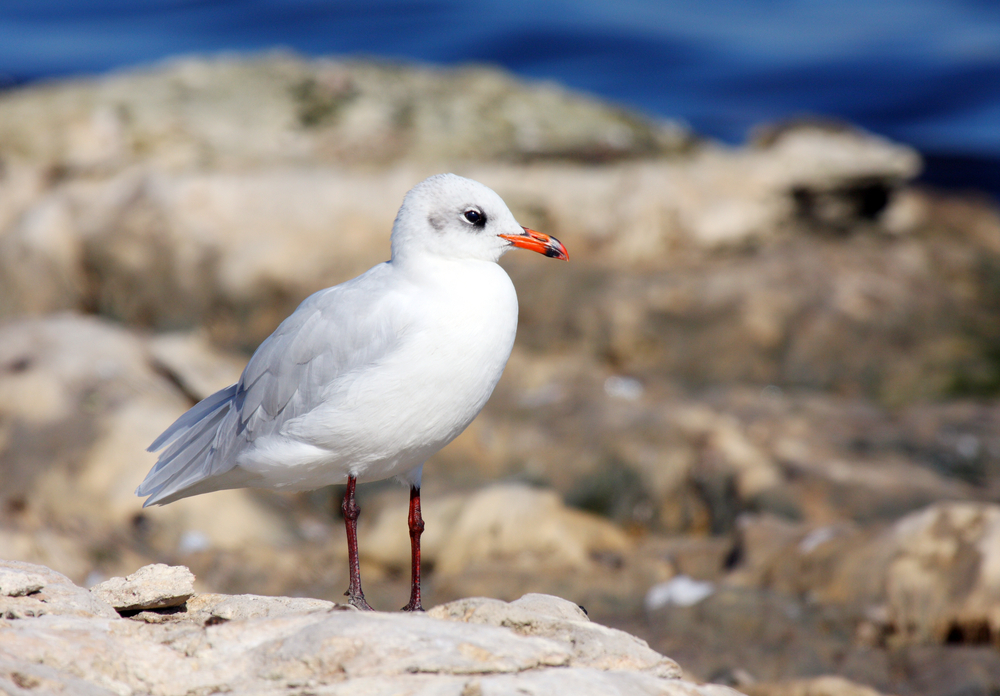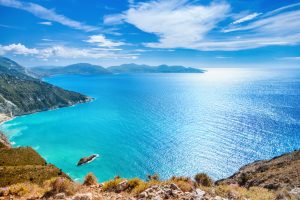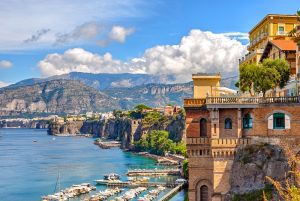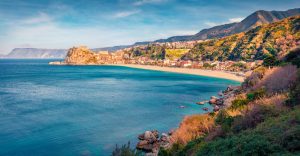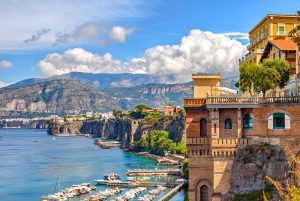There are so many reasons that the Mediterranean is one of the most beautiful places in the world to visit and just about all of them revolve around its iconic seashore.
Regardless of whether you choose to spend your vacation exploring the sandy beaches of France, taking in the history throughout Italy, or traveling to the many islands around Spain, you’re guaranteed to be surrounded by beauty at every turn.
While the Mediterranean Sea’s crystal clear, turquoise water is enough to draw crowds in by the bucketload, the wildlife that lives here on land and in the water are another one of the area’s breathtaking features.
Nothing compares to the beauty and abundance of the sea birds that migrate to this area in search of warm weather and easy hunting.
Relax on the soft, white sand and watch birds dive deep into the clear waters hunting for their lunch or wading through the shallow end to scoop up smaller prey like crustaceans.
Check out this list of the 12 most beautiful sea birds along the Mediterranean and prepare to be amazed by just how unusual these species truly are.
Table of Contents
1. Mute Swan
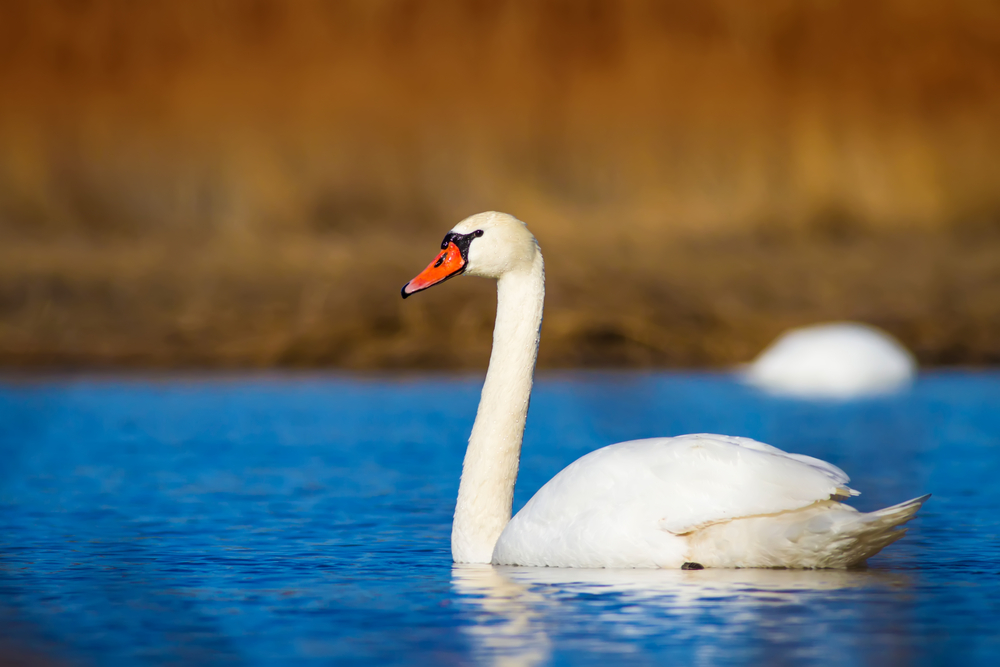
While the Mute Swan is a beautiful bird to admire from a distance, they’re considered to be one of the most aggressive bird species along the Mediterranean – and should not be approached for any reason.
The Mute Swan has a similar appearance to that of the Mediterranean’s Whooper Swan with its white feathers and S-shaped necks, but an easy way to distinguish between the two is by looking at their beaks.
The bright orange color of their beaks contrast with their white bodies and make for a truly majestic sight – but don’t try to get too close to take a picture.
2. Egyptian Goose
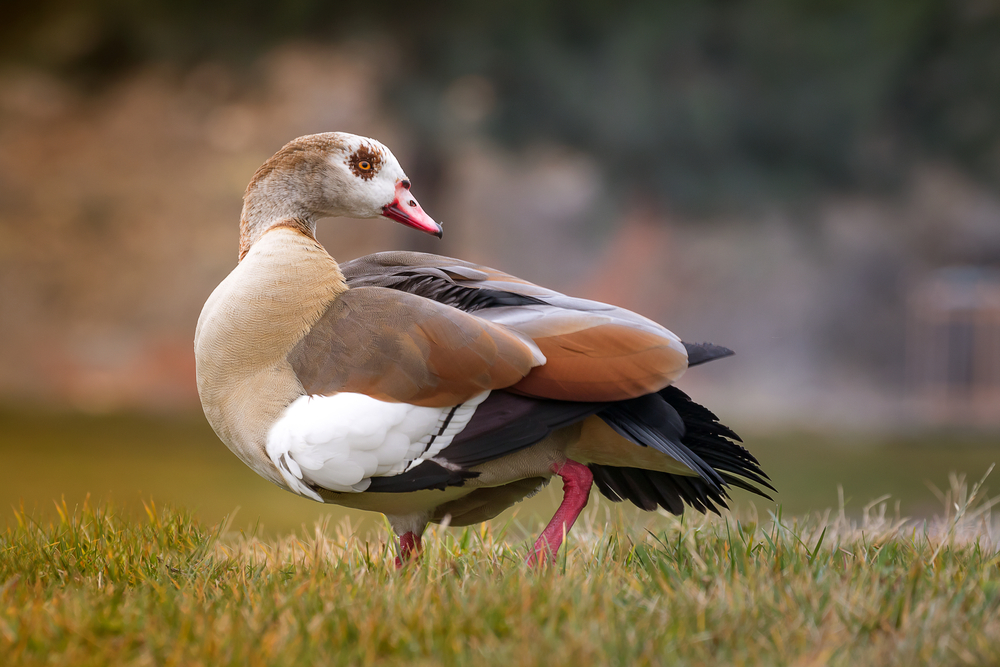
Nicknamed the “Nil Goose”, the Egyptian Goose is originally native to the Nile River in Africa, but centuries of migration have led them to the warm, peaceful waters of the Mediterranean Sea.
What makes this goose stand out from the many other species that live in the area is its unique feathers. The Egyptian Goose sports a variety of different colored feathers that give them a spotted look.
These different shades of brown, black, and white make their bright orange eyes really pop, adding to their unmatched beauty.
You’ll see them floating in the shallow waters of the Mediterranean Sea from time to time, especially in areas with nearby grasslands, rivers, and estuaries.
3. Shelduck

You’ll know a Shelduck when you see one thanks to its one-of-a-kind pattern of colors and interestingly shaped beak.
They’re hard to miss with their combination of white, brown, and black colored feathers paired with their dark green heads and bright orange beak that is shaped like a knob.
The Shelduck almost always travels in a group known as a “dopping”, but even so, you’ll notice that every Shelduck has a specific partner.
It’s an interesting sight to watch the Shelduck travel in pairs along the sea, waddling through the sand and throughout other nearby areas like lakes and reservoirs.
4. Eider
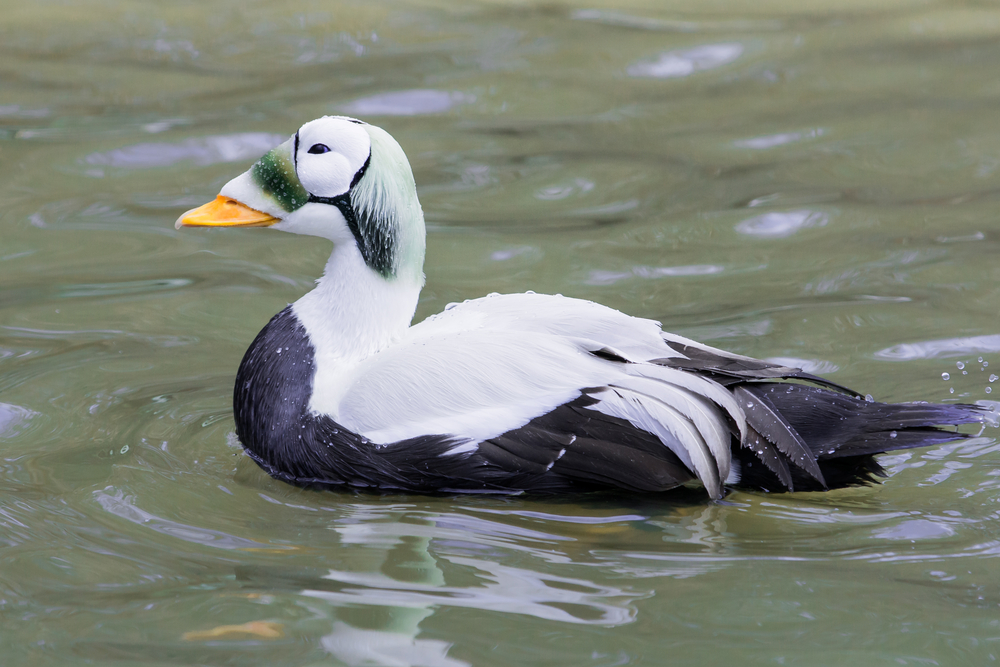
Another beautiful bird in the duck family is the Common Eider, and while they’re heavily found along the Mediterranian Sea, it is not often spotted because of its preferred habitat.
The Common Eider spends much of its time far out at sea – so it’s extremely unusual for this bird to be spotted by beachgoers spending their vacation along the Mediterranian’s sandy shore.
Those lucky enough to sight a Common Eider have the chance to see one of their impressive line of babies – with some female ducks taking care of nearly one hundred babies at a time.
You can easily distinguish a male Eider from a female, thanks to the details in their feathers. Male Eiders are considered to be more beautiful because they boast a light green color near the base of their neck.
5. Ruddy Duck
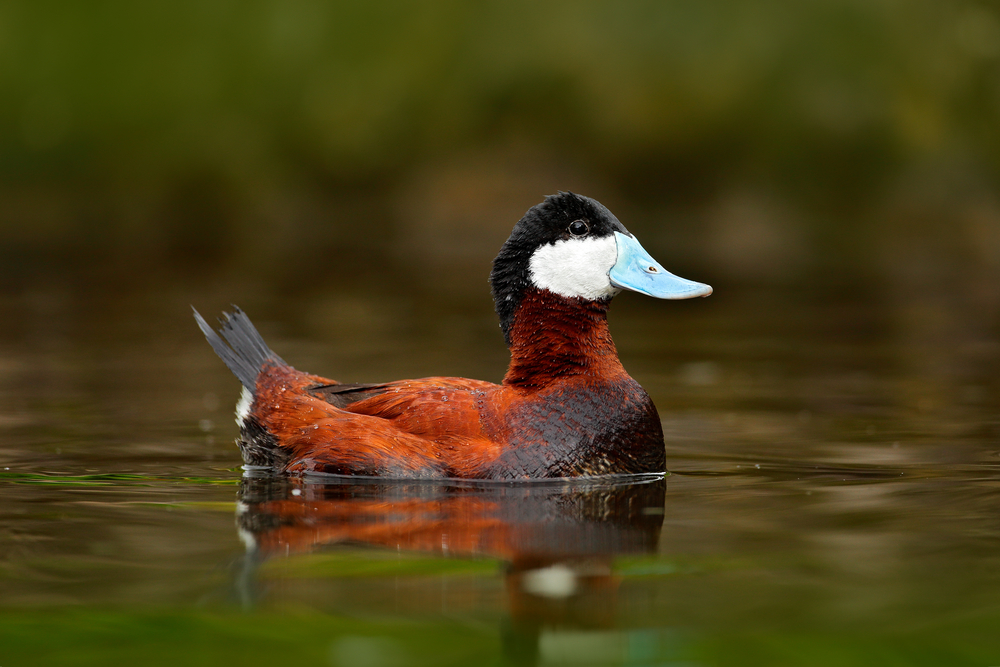
If it wasn’t for their brightly colored beaks, the Ruddy Duck would look like your average duck – but it is not every day that you get to see a bird with a light blue beak.
The dark brown color of the Ruddy Duck’s feathers contrasts beautifully with the turquoise waters of the Mediterranian Sea, but the electric blue beak is really what steals the show.
Even more interesting is the fact that these beaks don’t maintain their bright colors throughout the year and only appear vibrant during the warm weather.
This means any encounter with the Ruddy Duck along the Mediterranian Sea will give bird watchers the chance to see this unique feature, thanks to the area’s hot climate.
6. European Shag

Known as one of the deepest divers in the cormorant family, the European Shag is a frequent flyer to the shoreline of the Mediterranean Sea and its beauty is hard to beat.
One of the most amazing features of the European Shag is its large size, with an average height of about three feet and a wingspan of nearly four feet.
Beachgoers enjoy watching the European Shag roam around the sandy shore before stretching out its wide-spreading wings to hunt for fish across the sea.
When the European Shag dives down for food, it can travel down an average of about 150 feet – and only needs a recovery time of around 10 seconds in between dives.
So whether you’re admiring the European Shag from the shoreline or watching it hunt for its lunch, you’re in for a pretty impressive sight.
7. Squacco Heron
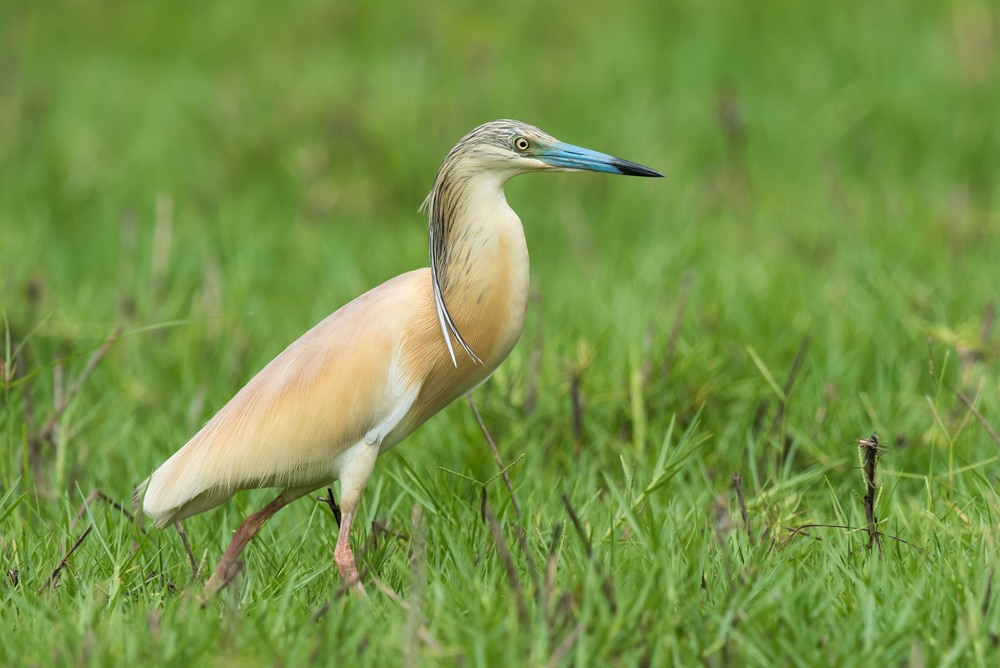
The color of the Squacco Heron’s feathers makes them appear completely white when they’re in flight, but if you happen to spot one relaxing on the shoreline of the Mediterranian, you’ll be in for a treat.
The Squacco Heron actually has an outer layer of light brown feathers – so they look very different on the ground than they do in the sky. Not to mention their extraordinary beaks that range from blue to yellow and often boast a blend of the two as it stretches out to an impressive length.
Aside from their large, slender beaks, the Squacco Heron averages a height of about two feet and can stretch out its wings to nearly twice its size.
Even though they prefer marshlands overflowing with insects, they’re often spotted along the Mediterranian because of their love for warm weather.
8. Cattle Egret
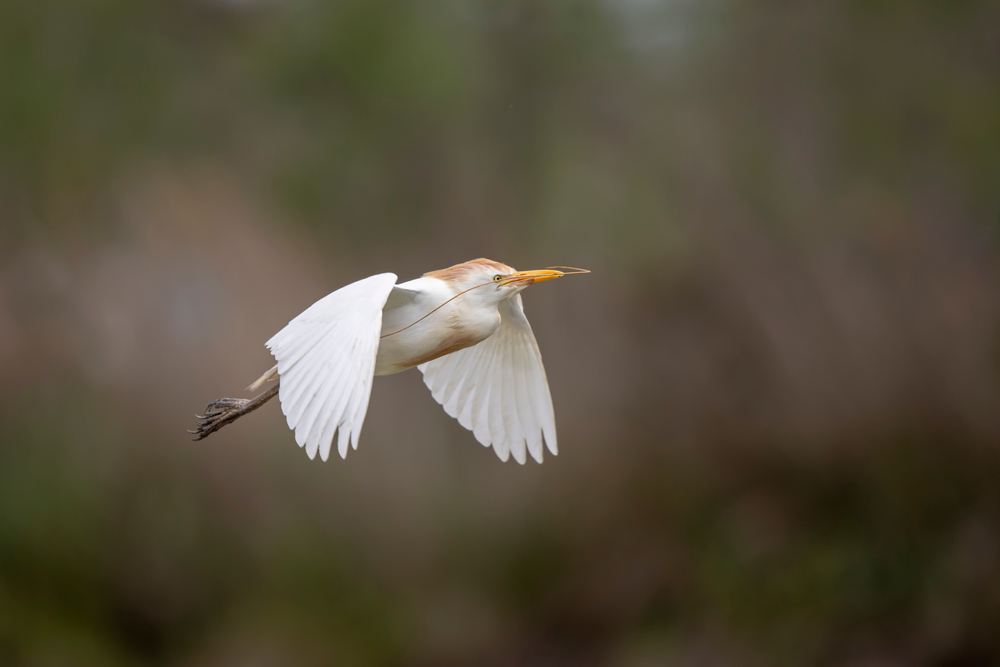
Given their name, it is no surprise that the Cattle Egret likes to spend time in grasslands surrounded by livestock -but their natural desire to wander has led them to places like the Mediterranean Sea.
In fact, the Cattle Egret is actually native to Africa, and researchers believe that their curious nature and ability to live in different climates has led to their expansion all over the world.
What makes the Cattle Egret one of the most beautiful birds along the Mediterranean is its lengthy, white bodies peppered with touches of brown and paired with a vibrantly yellow beak.
The Cattle Egret can be found wherever insects are nearby and will often migrate to trash cans and marshlands where insects are in abundance.
They are opportunistic hunters so they stay in areas that provide them with an easy meal.
9. Purple Heron
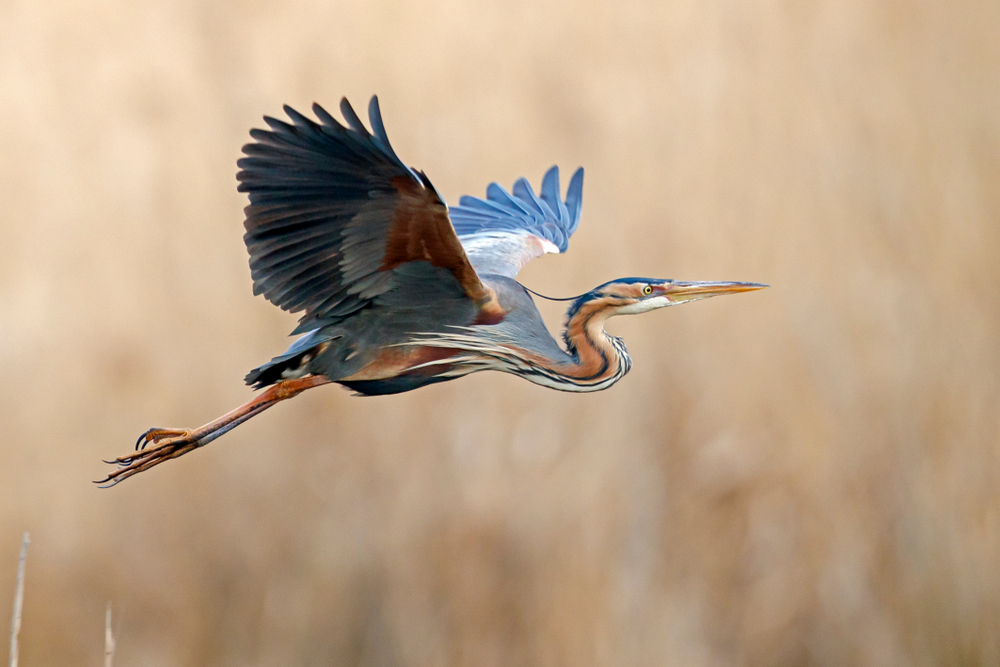
Easily one of the most beautiful types of heron along the Mediterranean Sea if not the world, the Purple Heron is definitely the type of bird species that you rave about to your friends.
For starters, the Purple Heron boasts a variety of bright colors, and its S-shaped neck is splashed with colors like purple, yellow, orange, navy blue, and more.
While it gets its name for its striking purple features, it’s important to note that this is just one of the many colors that the Purple Heron sports. In actuality, the Purple Heron is more of a navy blue color and has splashes of other colors that really bring its coat to life.
Another impressive feature is its sleek, sharp-edged beak. It uses this to slice through the water for a quick and efficient way to capture its prey.
The Purple Heron is considered to be shy, so it only comes out to eat at night or in the early hours of the morning. With that being said, the best chance to see this majestic bird in action is by heading to the beach before sunrise.
10. Black Stork
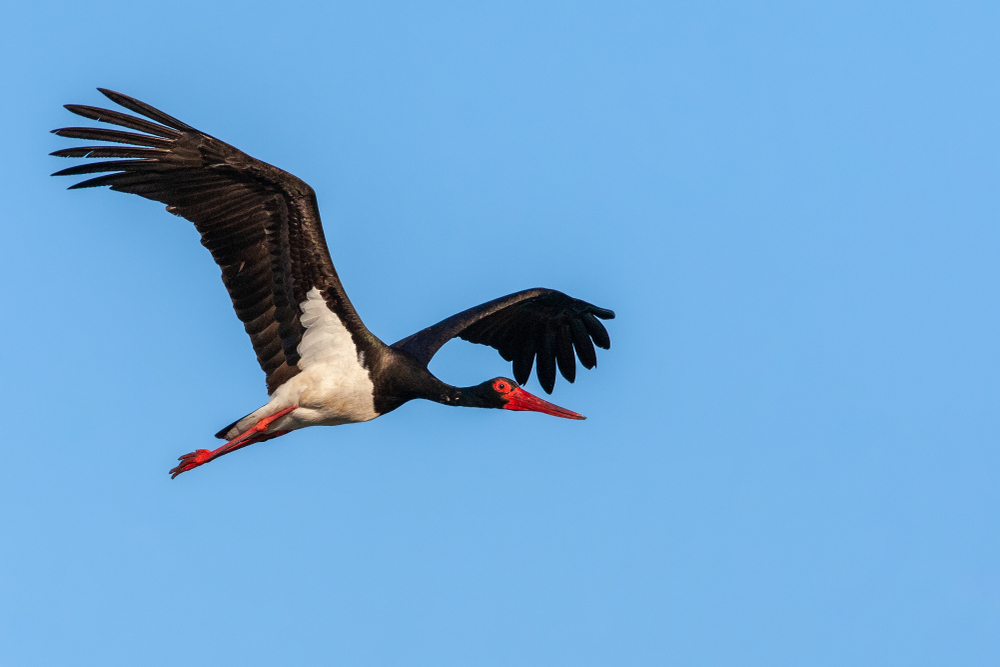
Often spotted wading through the waters of the Mediterranean Sea, the Black Stork is hard to miss thanks to its massive size and breathtaking physique.
If you think this bird is giant when admiring its height of nearly 4 feet, you’ll be even more impressed by its wide-sweeping wingspan – can spread over six feet.
But regardless of its massive size, the Black Stork remains an extremely shy bird species and will usually flee at the first sign of an approaching human – so sit back in your lawn chair and take in the beauty of Black Stork’s dark feathers and bright orange features from a distance.
11. Greater Flamingo

Known for having the largest population of all the flamingos, the Greater Flamingo is a frequent sighting along the coast of the Mediterranian Sea – and a beautiful one, at that.
These giant birds can grow up to eight feet tall and spread their wings as far as the average height of a human. While the thought of this can be pretty intimidating, the Greater Flamingo is a docile bird – and has never attacked a human in the past.
The Greater Flamingo never travels alone, so if you get lucky enough to spot one, you’ll get to spot hundreds if not thousands of them.
What makes them different from other flamingos is their light shade of pink they and their black accents, including the tip of their beak and the edges of their wings.
The Greater Flamingo also has many similarities to other flamingos, including the way they can often be seen standing on one leg.
You can also find a Lesser Flamingo along the Mediterranian Sea and can easily distinguish them by their smaller size and vibrant pink color.
12. Oystercatcher
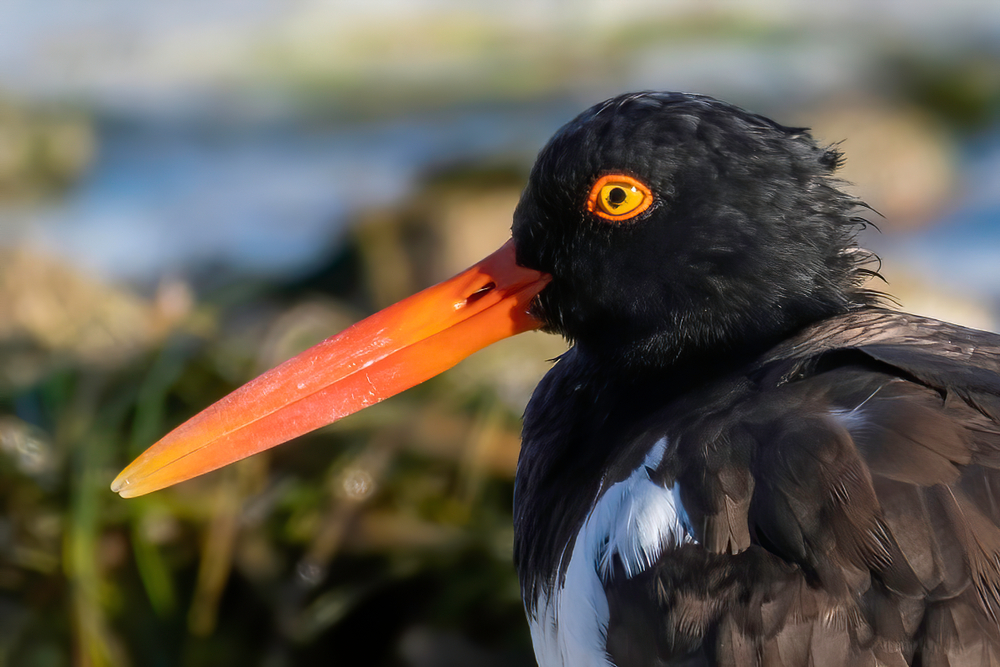
As the name suggests, the Oystercatcher lives out its days along the clear, shallow waters of the Mediterranian Sea, scavenging for oysters to survive.
They are easy to spot amongst other shorebirds thanks to their jet-black head, grey winds, white underbelly, and strikingly long, orange beaks.
In some instances, their beaks are so deep in color that they look more burnt orange or a shade of red.
While the oystercatchers won’t go out of their way to attack a human, they are a very territorial species – so they’ll try to scare you off if you get too close to their flock.

